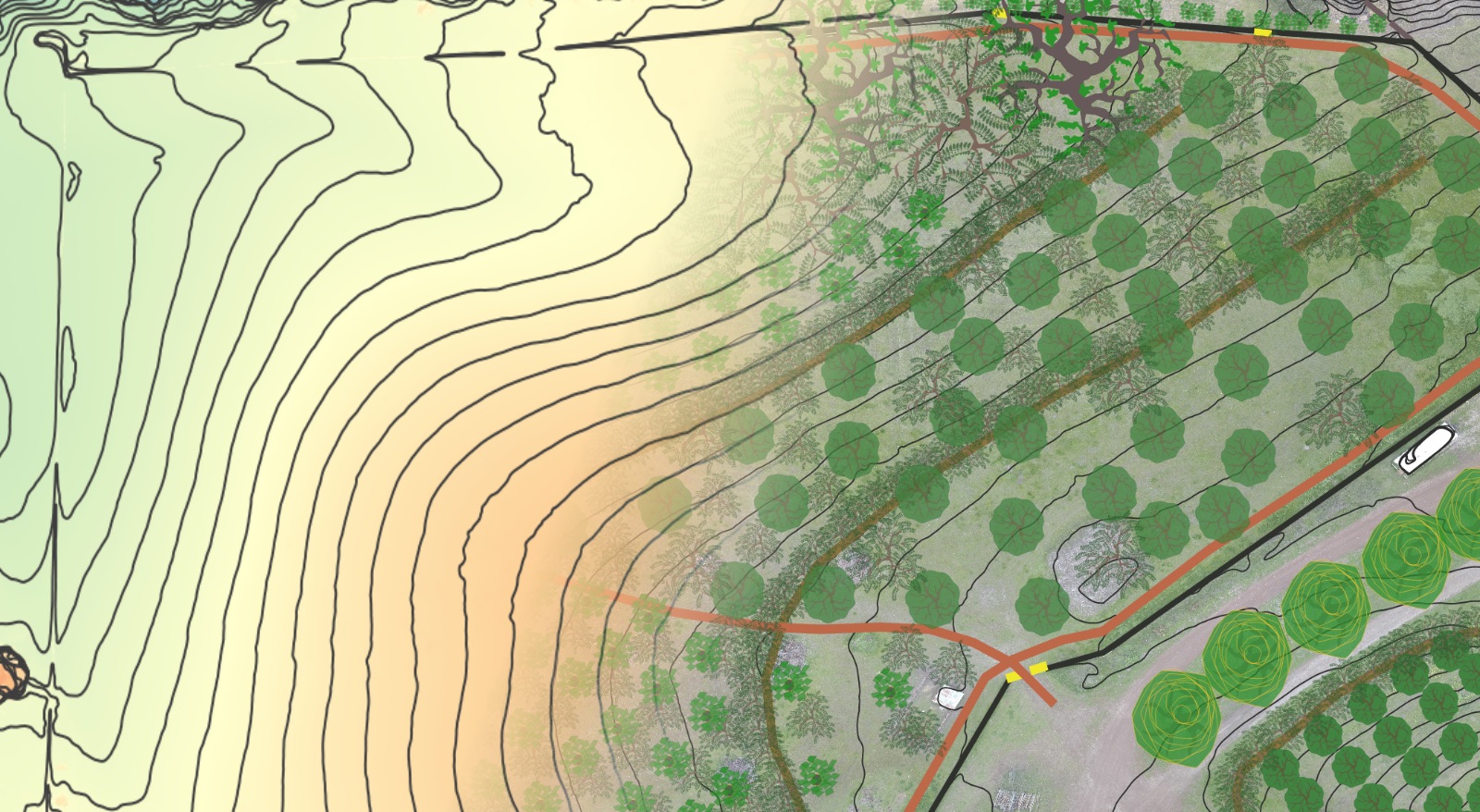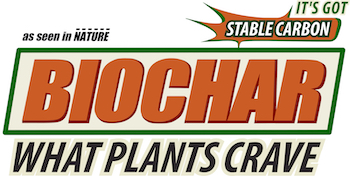What is a wicking bed?
A wicking bed is a self-watering planting bed that uses capillary action to wick water up from a bottom reservoir to irrigate the root zone. The plants utilize the water as they need it, which maintains the saturation gradient that drives the capillary action. Wicking beds are very self-regulating, and can go for weeks, even months, depending on the size of the reservoir and climate conditions, without being watered or filled up.

Where are wicking beds appropriate?
In very dry climates wicking beds can save enormous amounts of water by limiting evaporation loss. Wicking beds are often an appropriate element for low-maintenance Zone 1 gardens in dryland, Mediterranean and other climates where prolonged gaps in rainfall occur during the growing season. They even work well in more humid environments as they are self-regulating (the storage reservoirs have a pre-set overflow point to prevent waterlogging of the growing media). The design principles for wicking beds can also be applied to larger production based systems, but the cost can be prohibitive. Depending on conditions (arid to semi-arid) it may be absolutely necessary.
How We Built Our Wicking Bed – Step-by-Step DIY Instructions
Future site and home of wicking bed. Our landlord had an old unutilized horse trough that she graciously allowed us to repurpose for our planter (the container is typically the most expensive component of a wicking bed, so if you can get one for free do it!).

Place coiled 4” corrugated drain pipe in bottom. Leave space in middle of coil for sand column. Tie pipe w/ twine to prevent it from uncoiling during next steps.

Insert vertical standpipe into corrugated pipe, cut hole using razor knife.

Cut hole for standpipe in weed barrier. Slip wee barrier over standpipe and lay down on top of corrugated drain pipe.

Cut 1” hole in side of container using hole saw. REMEMBER this sets the water level, and thus the reserve volume inside the container. Set slightly above the height of the corrugated pipe (not below!). Insert drainage port (we used a bulkhead like one of these) from the outside, screw on female end on the inside of the container. Cut two small squares of weed barrier or shade cloth, fold over several time, pin between male and female ends, screw tight. Zip tie for extra security.


Lay in sand to keep edges of weed barrier in position. Fill hole in middle of drain pipe to create wicking column of sand from the bottom of the container.


Place layer of coarse mulch on top of sand layer to prevent leaching of top soil layers into the sand layers. You could also add an additional layer of weed fabric atop the sand column to keep the growing media completely separate.

Layer in compost, soil amendments like biochar, compost tea, worm compost etc. Finish with top-dressing of compost followed by coarse mulch. Wet soil initially as you go to ensure balanced moisture and to get the wicking column working.

Plant! Fill bottom with water using the standpipe. Once drainage port overflows you know the reservoir is at capacity.

Planted around the second week of March, 2014. Reservoir was filled to capacity at time of planting.
I got my inspiration and basic principles for this project from Rob Bob’s YouTube Channel – here’s a link the exact video I referenced initially: Self-Watering Wicking Beds
6 Weeks post planting – peppers, tomatoes, kiwi and jasmine escaping to the trellis, lemon grass and tons of volunteer squash and gourds.

Water Usage With Initial Plantings:
2 gallons required to fill up to capacity as of 4/23/14
Approximate Water Storage Volume:
- V = (3.14)(2in2)(204 in) = 2562 in3
- 1 ft3 = 1728 in3 , therefore 2562 in3 divided by 1728 in3 = 1.48 ft3 of H2O storage
- 1.48 ft3 x 7.48 gal/ft3 = 11.1 gallon capacity in the pipe alone
Surface area of the bed is 10.6 ft2 of growing space.
November 2014 Update: The wicking bed went all the way through an extremely dry summer out here and made it until now with only 2 (count ’em!) refills! I just did a 3rd refill on 11/1/2014. Over the summer we grew a ton of tomatoes, butternut squash, and peppers in the bed, along with more perennial items like maypop, jasmine, lemongrass (see flourishing in the front), salad burnett and malabar spinach.
Water Use Math: 2 refills = 22.2 gallons of water + a top watering each time to ensure moist soil column ~ 25 gallons for 10.6 ft2 growing space. So we went from the end of April to the beginning of November, roughly 6 months, on 25 gallons of water = 2.36 gallons/ square foot for 6 months of growing.
What did work: Heat loving/tolerant plants (because its on a west facing wall) – jasmine, malabar spinach, lemongrass, salad burnett, tomato, peppers, squash and watermelon all worked great
What didn’t work: The kiwis had to be taken out because the bed is on the west wall of the house and they couldn’t hack the heat.
What’s new: As of November 2014 I’m trying Canna edulis and comfrey in the bed as we steer it towards a more stable, perennial-based food/medicinal planter.
NOTE: We ended up moving from this awesome little cottage to Casitas Valley Farm a few short months later, but the wicking bed remains and has continued to serve many tenants well.





